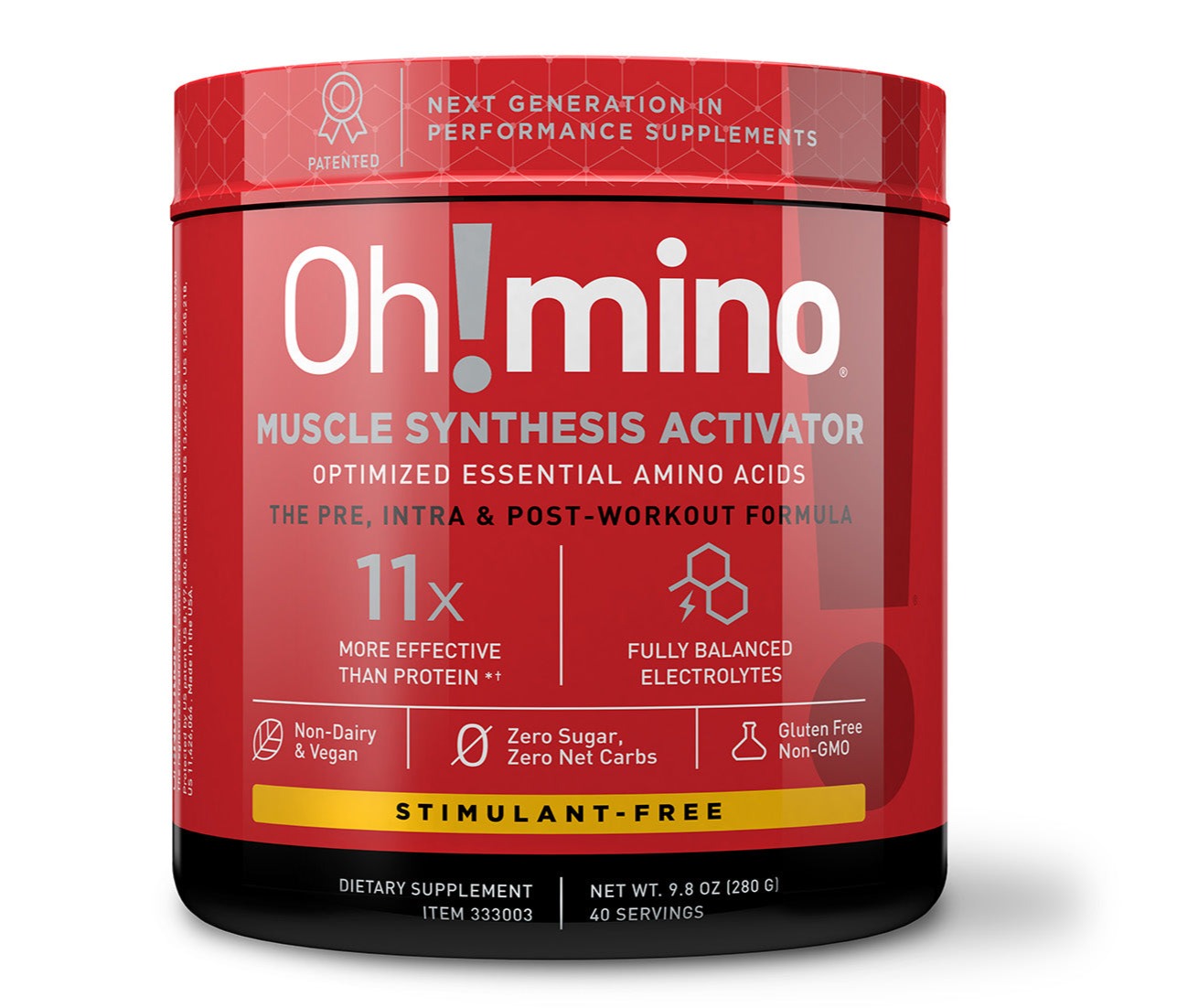As we explore the vast and intricate world of fitness, the question often arises, “Which form of cardio is more effective for fat loss: Low-Intensity or High-Intensity?”
To shed light on this frequently debated topic, we will delve into the dynamics of both forms of cardio, aiming to provide a comprehensive insight into their respective benefits, drawbacks, and suitability for different individual needs.
Understanding Zone 2 training , AKA Low-Intensity Steady-State (LISS)
Zone 2 training or LISS is performed at a moderate or low level of intensity for an extended period.
Activities like a slow jog, brisk walk or leisurely bike ride for roughly 45-60 minutes fall under this category.
The primary aim of Zone 2 is to keep the heart rate within 50-70% of its maximum.
The major benefit of Zone 2 is that it burns a higher percentage of calories from fat compared to carbohydrates.
When the body performs activities at a lower intensity, it relies more heavily on fat stores for energy.
Zone 2 is also easier on the joints, ideal for the elderly, novices to fitness, or those recovering from an injury.
However, there is a downside. The total calorie burn from a Zone 2 workout is often less than that of a high-intensity session of similar length.
Also, it falls short in inducing a substantial EPOC (Excess Post-exercise Oxygen Consumption) effect, meaning the benefits of calorie-burning mostly cease once the exercise ends.
Exploring High-Intensity Interval Training (HIIT)
Alternatively, High-Intensity Interval Training (HIIT) involves short bursts of intense exercise alternated with recovery periods.
Workouts such as sprinting for 30 seconds, followed by walking for a minute, repeated for around 20-30 minutes fit into this form of cardio that pushes the heart rate to 70-90% of its maximum during the intense intervals.
HIIT workouts have proven to burn a high number of calories in a shorter span compared to LISS workouts.
They also induce significant EPOC, leading to prolonged calorie burning post-workout.
Positive impacts of HIIT include improvement in cardiovascular fitness, insulin sensitivity, and muscular endurance.
However, it isn't ideal for everyone, particularly beginners or individuals with certain health conditions as it imposes high stress on the body that requires sufficient recovery to prevent overtraining.
Which is Better for Fat Loss: Zone 2 or HIIT?
Given these attributes, determining the superior form of cardio for fat loss isn't a straightforward task.
Both Zone 2 and HIIT can facilitate the creation of a calorie-deficit, fundamental for fat loss.
The choice often boils down to personal preference, time availability, fitness level, and recovery capacity.
Ideally, incorporating both Zone 2 and HIIT brings desirable results, adding variety and wholesomeness to a fitness routine.
The key to sustainable fat loss and overall fitness is consistency.
What you'll likely stick to in the long run is the cardio form that you enjoy the most.
If you're crunched for time and seek an intense yet quick workout, HIIT could be your go-to.
If you prefer a less straining, more meditative exercise form, or if you're new to fitness, Zone 2 could be a better fit.
Alternating between the two forms can provide a balance between intensity and recovery.
Choosing the Right Cardio Form Based on Lifestyle
It is also crucial to consider your overall lifestyle when choosing a cardio regimen.
If your daily life is fast-paced and high-stress, a calming Zone 2 session could be advantageous.
On the other hand, infusing some HIIT into a sedentary lifestyle can enhance your fitness level and calorie burning capacity.
Importance of Nutrition
Finally, beyond these considerations, nutrition plays a crucial role in any fat-loss journey.
Complementing your efforts in the gym or on the track with a balanced, nutrient-rich diet will aid your calorie deficit goal without leaving you deprived.
Cardio, whether it's LISS or HIIT, serves as a tool to aid in fat loss and overall health improvement.
However, the outdated notion that endless cardio is required to lose fat should be dismissed, and focus should be placed on a well-rounded, sustainable approach to fitness that includes strength training, cardio and a healthy diet suited to your lifestyle and goals.
Stay fit my friend,
Michael
Founder & CEO

